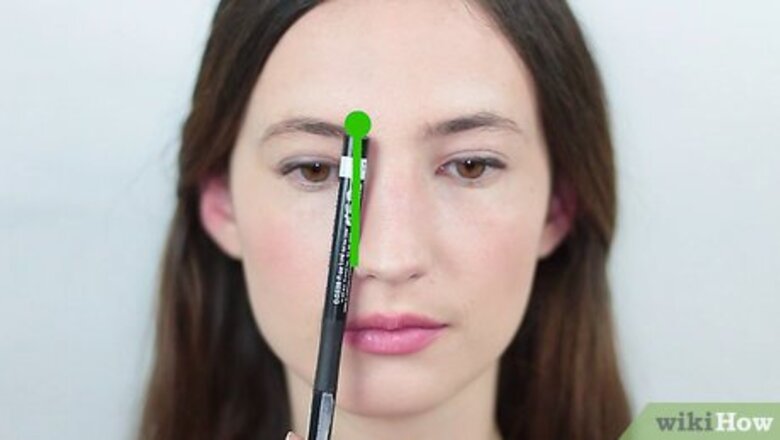
views
Determine Your Ideal Shape
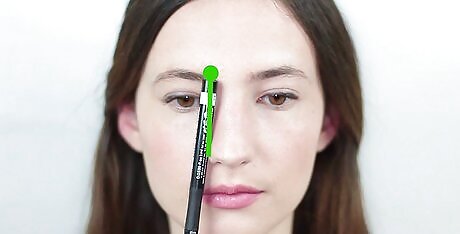
Determine where your inner brow should end. Hold a straight edge, such as an eyebrow pencil or a ruler, vertically in front of your face. If you want your eyebrows farther apart, line it up so that it touches the outermost edge of your nose and the inside of your eye. If you want your eyebrows closer together, line up the straight edge with one side of the septum. These lines will determine where your eyebrow should start. Mark that spot with an eyebrow pencil. Repeat for the other eye.
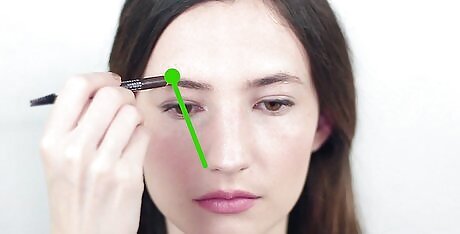
Determine where your arch should peak. Angle the straight edge so that it lines up with the outermost edge of your nose and the outermost edge of your pupil. It's very important that you look straight ahead — both your face and your eyes should be looking directly forward at the mirror. Wherever the line intersects your eyebrow is where the peak of your arch should begin at the top border of the eyebrow. Mark that spot with your eyebrow pencil. Repeat for the other eye.
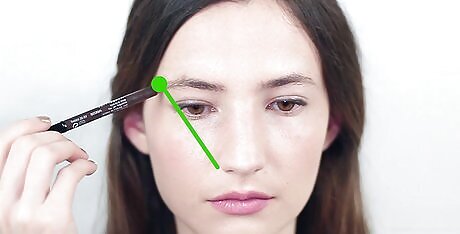
Determine where your outer brow should end. Angle the straight edge further so that it touches the outermost edge of your nose and also passes along the outermost edge of your eye. This tells you where the eyebrow should end. Mark this point with your eyebrow pencil. Repeat with the other eye.
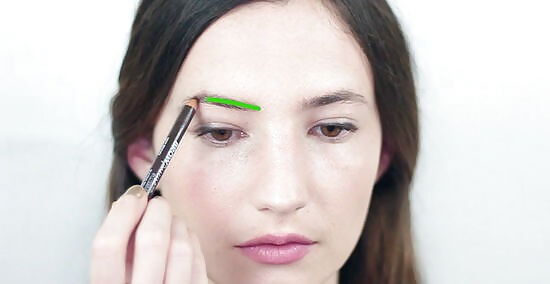
Draw a line along the bottom edge of your brow. This will determine the brow thickness. Follow the natural curvature of your eyebrow.
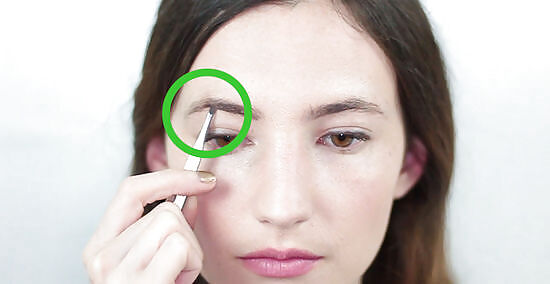
Pluck the strays that fall below the line and outside the marks you've made. Your eyebrows should be 1/4 – /1/2 inch (0.5 – 1 cm) at their thickest. Pluck minimally above the brow — you want to retain your brow's natural arch. Only tweeze stray hairs. If plucking isn't your thing, try shaping without it. If your brows are sensitive, use ice to numb the areas before you tweeze.
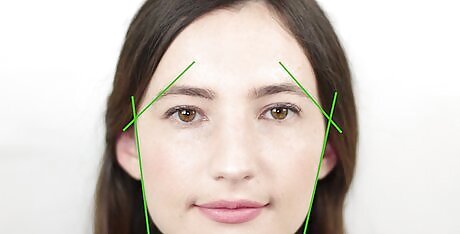
Consider your face shape. Certain brows better complement specific face shapes. To minimize the curve of a round face, direct the outer third of the brow towards the top of the ear. If the face is square, direct it toward the middle of the ear. This helps balance the face. If the face is long, keep the brow more straight across, directing it above the ear. An oval face already looks balanced, but to enhance this harmony, you can direct the outer third towards the ear lobe.
Everyday Maintenance
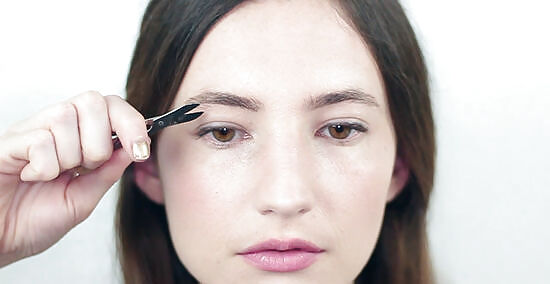
Trim your brows. You may find that hairs are within your ideal shape, but are just too long. Use a pair of scissors or an eyebrow trimmer to clean up your look. Using a brow comb or a disposable mascara brush, brush the hairs upward. Cut the hairs that extend beyond your natural hairline. That way you just taking off the excess while keeping the main shape of your eyebrows.
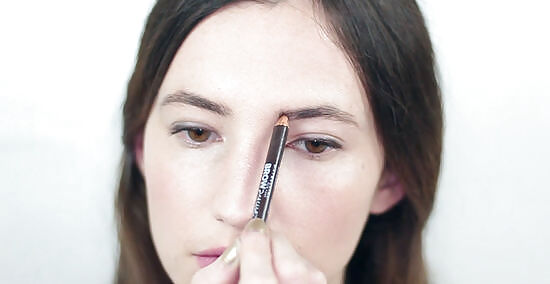
Fill in sparse spots. If your brows are too light (or dark), fill them in with an eyebrow pencil. If you don't have an eyebrow pencil, substitute matte eyeshadow. If your brows are fair, choose a pencil two shades darker than your hair. (If you have dark hair, go two shades lighter.) Hold your skin taut at the temple, and line softly along the upper edge of your brow. Then, line along the bottom edge. With feathery strokes, fill in between the two edges. Remember to blend!

Use a clear gel to set. Brush the hairs how they naturally lie and apply gel to set the hairs in place. Clear mascara can double as a brow gel. This also prevents smudging, if filled in.
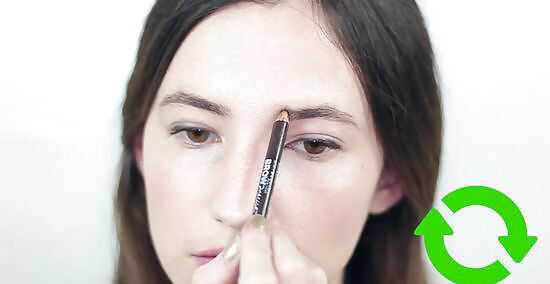
Develop a routine. Forming good habits will make your routine shorter, day by day. By sticking to a specific contoured shape, spotting strays becomes easy. Consistently pluck between the brows and at the edges. These hairs grow the fastest and take away from the natural shape of your brows.
















Comments
0 comment